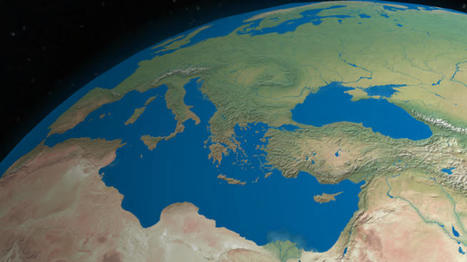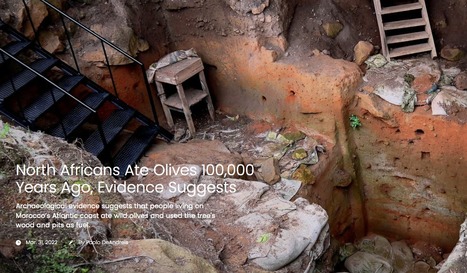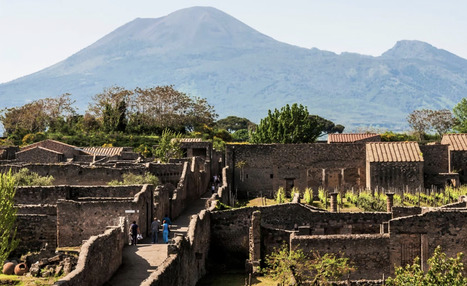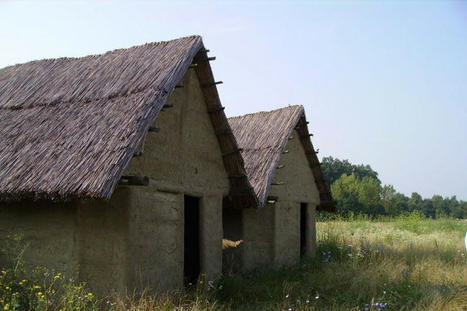From the Greco-Persian and Punic Wars of Antiquity to the Mediterranean Campaign (1940-1945), not to mention the Battle of Lepanto (1571), the Mediterranean Sea has, throughout history, been the scene of conflict and tension between coastal civilisations and empires. A commercial and cultural crossroads, it is the regional basin where, since time immemorial, varied cultures, agricultural crops, religions and political regimes have rubbed shoulders, envied one another and competed with each other… From a natural frontier, the sea nevertheless quickly became a maritime roadway and a link between nations. Exchanges of knowledge, goods and know-how were able to cross borders via the sea to spread throughout the region. The search for sea routes gave rise to maritime trade and developed the beginnings of international commerce.
Research and publish the best content.
Get Started for FREE
Sign up with Facebook Sign up with X
I don't have a Facebook or a X account
Already have an account: Login
Mediterranean News on Agriculture, Food, Fisheries and Environment
Curated by
CIHEAM News
 Your new post is loading... Your new post is loading...
 Your new post is loading... Your new post is loading...
|
|













